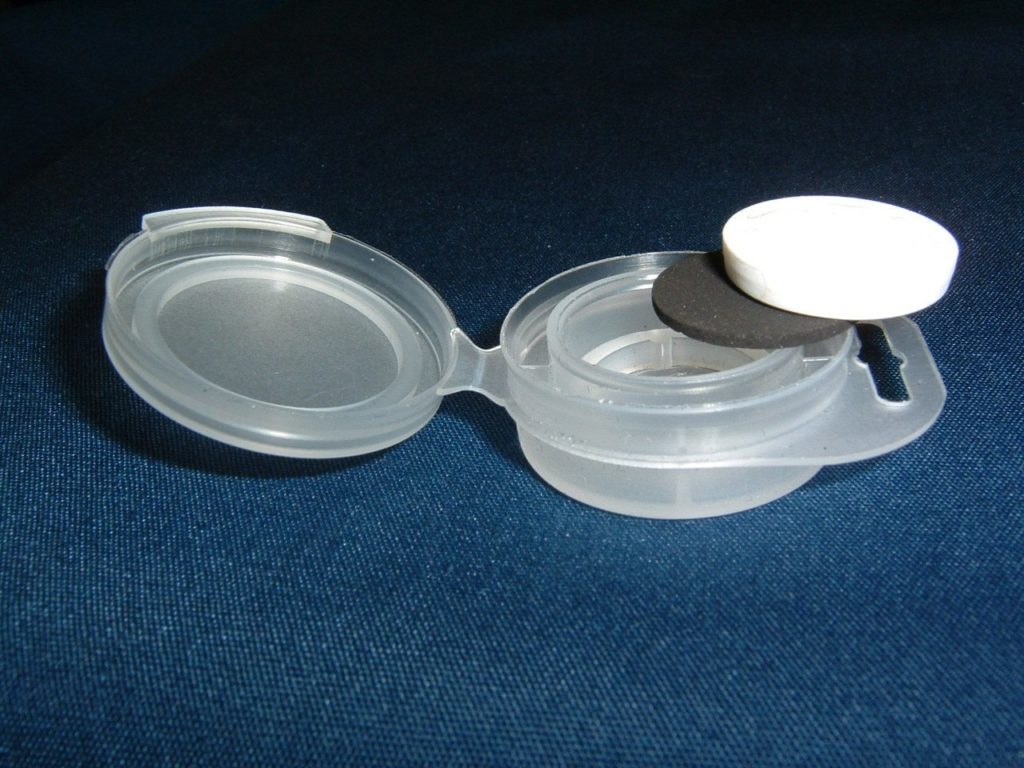
#Personal breathing zone sample skin#
The nose (Nasal) is a structure of the face made of cartilage, bone, muscle, and skin that supports and protects the anterior portion of the nasal cavity. The third major part is the muscles of respiration, including the diaphragm, which act as a pump, pushing air into and out of the lungs during breathing. The lungs which acts as the functional units of the respiratory system by passing oxygen into the body and carbon dioxide out of the body. The airway, which includes the nose (Nasal cavity), mouth (Oral cavity), pharynx, larynx, trachea, bronchi, and bronchioles, carries air between the lungs and the body’s exterior. Within those three major parts, there are organs that aid and pave the way for a healthy respiratory system.

The major organs that make up the respiratory system consist of the three major parts: the airway, the lungs, and the muscles of respiration. By working with the circulatory system, it ensures that our body gets the proper amounts of oxygen and nutrients we need to survive and keep our bodies functioning properly.

It also works with the circulatory system to transfer blood and oxygen throughout the body. Oxygen is passed through the bloodstream into the tissues back into the bloodstream to travel to the lungs. The second step is called the internal respiration where the exchange of gases in the cells take place. Oxygen is inhaled into alveoli and is passed into the capillaries and carbon dioxide is passed from the capillaries into the alveoli to be exhaled.

One of the first steps of the respiratory system is the external respiration, which is when the exchange of air in the lung capillaries happen. The respiratory systems purpose is to take in oxygen and breathe out carbon dioxide, by taking in the good air and getting rid of the bad air it allows us to oxygenate our cells and which provides the rest of our body the nutrients it needs. The respiratory system is a system of organs functioning in respiration and consisting especially of the nose, nasopharynx, larynx, trachea, bronchi, and lungs. But, the respiratory system is so much more. Exposures of typical subjects to nicotine in the workplace were 30-60% of those estimated by the Occupational Safety and Health Administration (OSHA) and 15-20% of those estimated by the OSHA for the most highly exposed workers.Usually when we think about the respiratory system all we think about is breathing.

Exposures of subjects whose spouses smoked unrestrictedly within the home were a factor of two to four higher than those of subjects who worked in locations where smoking occurred and was not restricted. For the majority of subjects who either lived or worked in smoking environments, the home was found to be the greater source of ETS exposure. Residential RSP levels ranged from 50 to 113% of those which have been reported by other investigators. Individuals living and/or working in environments where smoking occurs were confirmed to be the most highly exposed to environmental tobacco smoke (ETS). Collected samples were analyzed for respirable particulate matter (RSP) (3.5 microns diameter), ultraviolet absorbing particulate matter, fluorescing particulate matter, solanesol, scopoletin, nicotine, 3-ethenyl pyridine, and myosmine. Individuals were selected for the study in an attempt to equally represent those working and living in smoking and nonsmoking environments. Approximately one hundred nonsmoking individuals in each of 16 metropolitan areas of the United States collected a sample of air from their breathing zone while in their workplace and a sample while away from work during their 24-hour days.


 0 kommentar(er)
0 kommentar(er)
